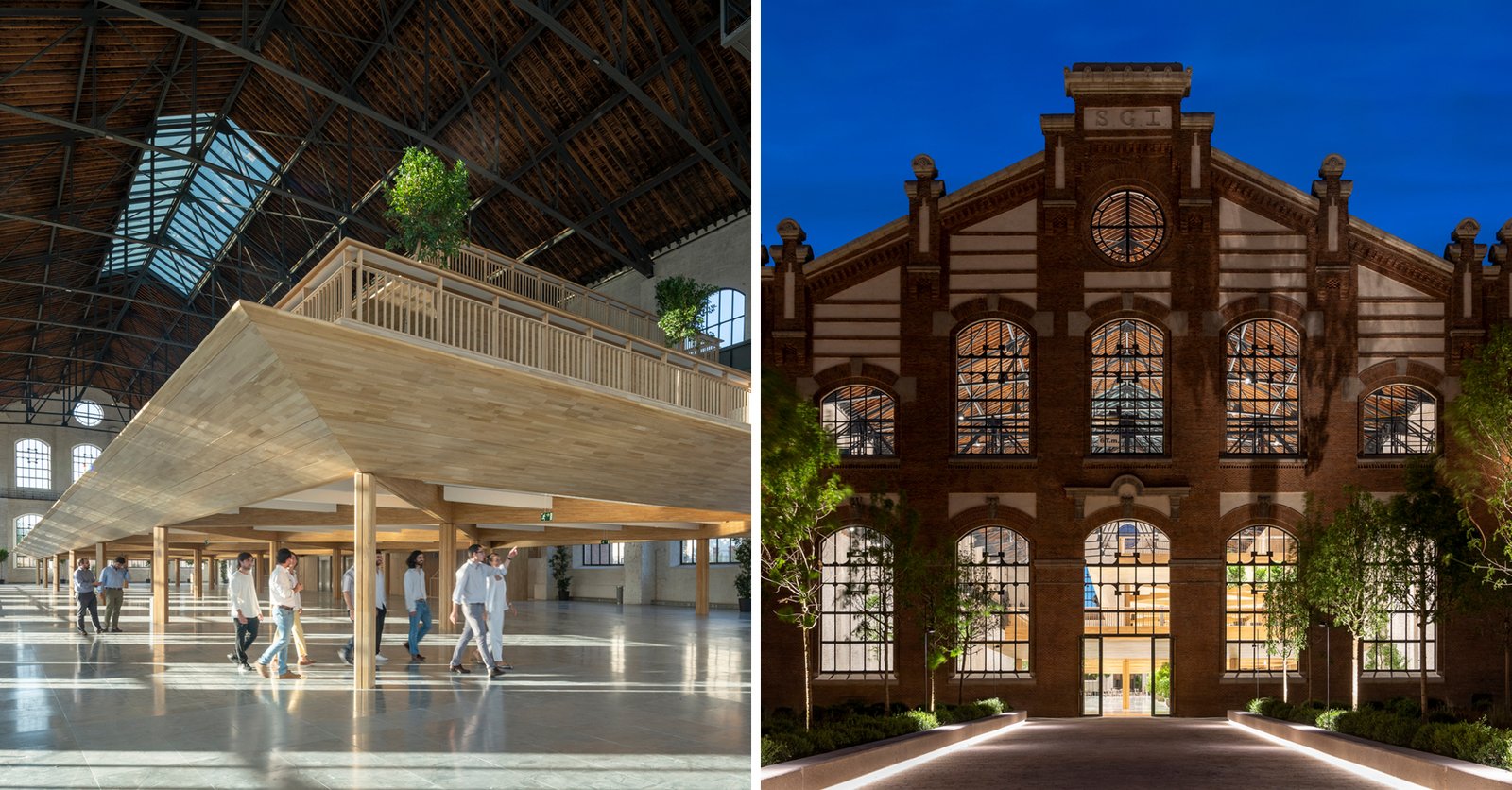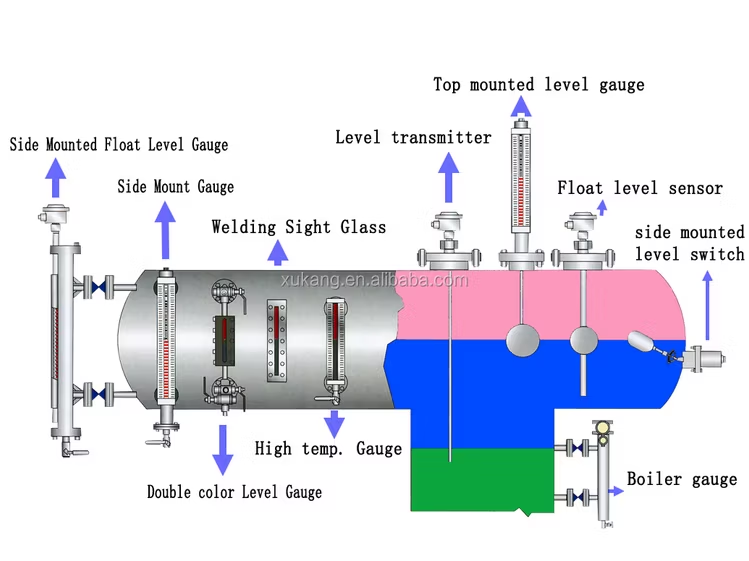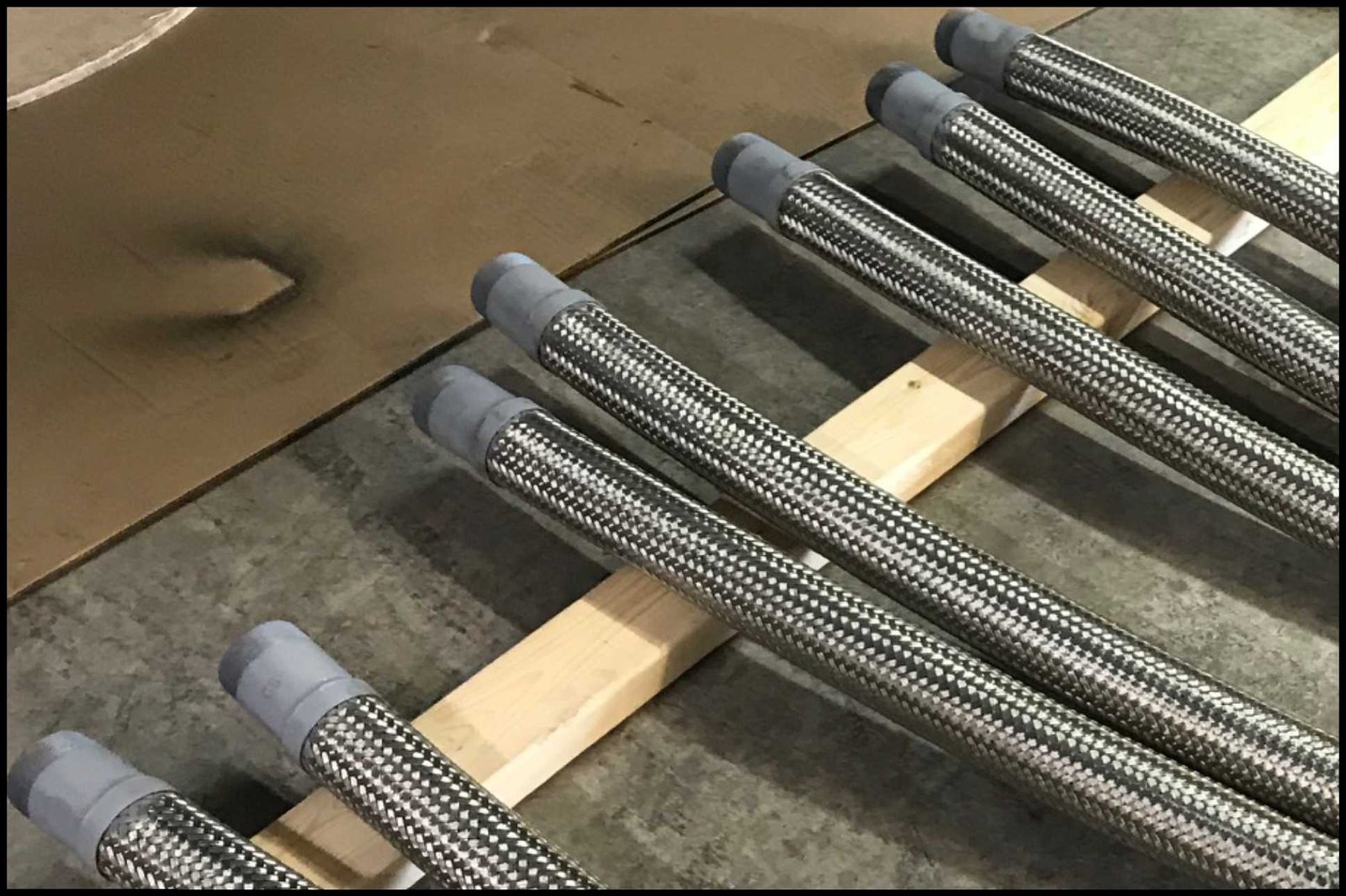Adaptive reuse architecture is not exactly renovation. But it can be a part of reusing. In adaptive reuse, we basically transform an old building into a new one. But the building is not demolished, and overall, it is also cost-saving because you are reusing many parts of the building. It is basically changing the purpose of a building, such as converting an old factory into apartments. In renovation, the purpose of the building is not changed; you change a structure into a better one, but a house will stay a house.
Estimating the cost of these projects is very technical because there are so many hidden expenses. Material estimating services can help you estimate the total budget required in great detail. They analyze the state of the building and your goals. And according to that, they decide what changes will cost how much. This article will discuss this method of reusing buildings and the reasons why it is becoming a trend. Let’s first understand properly what it is:
What is Adaptive Reuse?
In this construction type, the building is transformed into a structure according to current times. The originality remains to some extent. You can say that it is the same structure, but it will be used for a different purpose now.
Someone buys an old abandoned cathedral. Instead of changing the structure, He renovated it so that it became a wedding venue. So he kept the originality and the palace-like look of the building, but he changed the purpose. This is how reusing is done. Similarly, you can change an old mill into an apartment building or a school into a community center. This saves a lot of the cost of building, but it is especially great for our environment.
Adaptive Reuse Popularity:
We cannot name a city or country that is entirely based on this phenomenon because not everyone is using it. But its popularity is especially in big cities where space for new structures is less. Such as London and Berlin, two cities where many such buildings are found. Those were initially a factory or a warehouse and were converted to art galleries or museums.
Some reasons for the popularity of this sort of construction are:
- Lower construction waste
- Small project timelines
- Less environmental impact
- Attractive structures
Adaptive Reuse Architecture Benefits:
It has several advantages, including being good for nature, but some more are mentioned below
- If you do not have the budget to build an entire art gallery, you can reuse the structure of another building.
- If the building is historic, reusing it can give it a very classic look.
- The resale value of the building increases a lot.
- You can revive abandoned buildings instead of cutting down forests and making new buildings every time.
Planning Challenges and Solutions:
Even though reusing buildings can be very beneficial for your finances, it is not good for you every time. Not every old building can be reused. As there is a possibility that the structure is too old and has safety concerns. Reusing a building is mostly about reusing the structure, and if the structure is not in good health, then there is no good in buying it. Some common tasks that are to be done while undertaking such projects are
- Analyze the situation of the building.
- Properly check if there are any plumbing issues
- Electrical issues are equally serious; old wiring can be dangerous for your building.
- If all the problems mentioned above are sorted, you can start strengthening the walls.
Strengthening Structures:
It might be a new concept for many people that already built structures can also be reinforced through steel. Because commonly it is understood that steel is used in the form of rebar to reinforce structures. Structural steel estimating services can help you in your project if you want to focus on strengthening the walls. There are many ways to do that, but a professional will help you decide which method will be suitable for your project because every building is different. And it mostly depends on the state of your building.
Future of Adaptive Reuse:
Rather than just trying to expand cities by destroying nature, cities are more focused on reusing. Why do people need to make new structures whenever they can reuse them? And reusing does not hinder your way to creativity. With proper help from professionals, you can reuse the old buildings very effectively, and that too on a low budget.
- You can use modern building materials to maximize the use of your building.
- A good architect or designer can design your space exactly the way you want it to.
- Cost estimators can help you execute these plans within budget.
Conclusion:
Adaptive reuse architecture proves that there is no need to construct a building from scratch every time. The building that you will demolish will contribute to the waste in landfills, and the idea is even worse when the new building owner could have used that structure again. If the old building is more on the historical side, using it for art-related purposes, such as art galleries or museums, can be an amazing use. As for other buildings, using them for making houses and offices is a good idea.
FAQs
1. What is the difference between adaptive reuse and renovation?
Adaptive reuse involves repurposing an existing building for a new function, such as converting an old warehouse into apartments or offices. Renovation, on the other hand, focuses on improving the current structure without changing its original purpose, for example, upgrading an old house while keeping it residential.
2. Why is adaptive reuse architecture becoming so popular today?
It’s gaining momentum because it promotes sustainability, reduces construction waste, and saves costs compared to demolishing and rebuilding. Cities with limited space, like London and Berlin, are leading this movement to preserve heritage while supporting modern needs.
3. Is adaptive reuse architecture environmentally friendly?
Yes. Adaptive reuse significantly reduces carbon emissions by minimizing the production of new construction materials and keeping demolition debris out of landfills. It also supports the global push toward green and sustainable building practices.




Leave a Reply